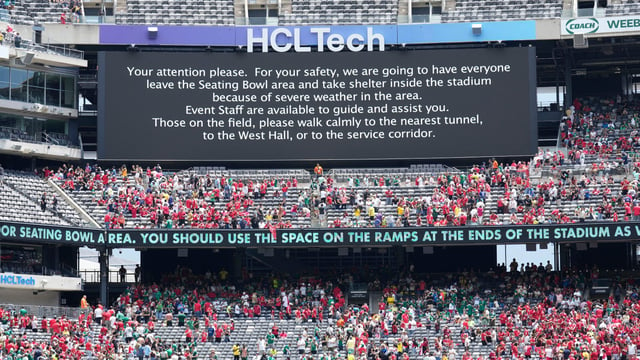Overview
- Heat above 97°F and repeated storm-induced stoppages have disrupted matches and triggered FIFA’s mandatory cooling breaks when the wet bulb globe temperature exceeds safety thresholds.
- Clubs have implemented extreme measures such as keeping substitutes in air-conditioned locker rooms, scheduling extra hydration breaks and using ice baths to counter heat stress.
- Dry, uneven and hard pitches in host cities including Charlotte and Philadelphia have compounded fatigue and drawn criticism from players and coaches.
- South American clubs have navigated the conditions more effectively, with all four Brazilian sides advancing smoothly while several European teams struggled in high humidity.
- Players’ union FIFPRO and climate experts are urging FIFA to shift kickoff times, use indoor venues and adjust scheduling for the 48-team 2026 World Cup to safeguard athlete health.



